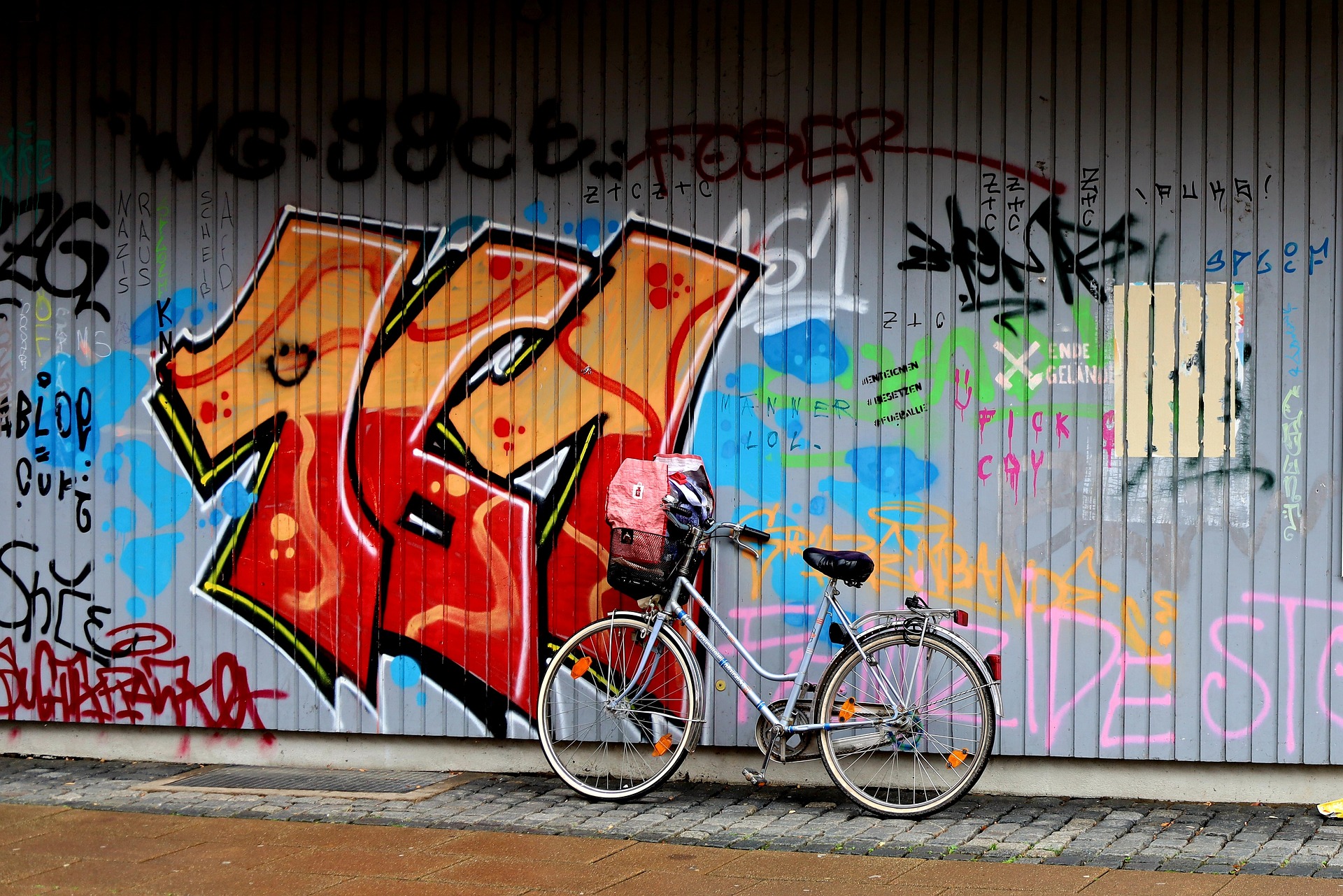Unmasking the Enigma of Graffiti: A Transgressive Art or a Social Commentary?
Graffiti, an art form often relegated to the fringes of mainstream acceptance, has been sparking debates since its inception. Is it a mere act of rebellion or a powerful tool for social commentary? Read below as we delve into this intriguing facet of contemporary art.
Graffiti: A Brief Overview
Dating back to ancient times, graffiti has evolved considerably over the centuries. Traditionally viewed as an act of vandalism, the 20th century saw a shift in perception as graffiti started being recognized as a form of artistic expression. Artists like Banksy and Jean-Michel Basquiat elevated graffiti to a platform of international recognition, challenging its stereotypes.
Graffiti as a Tool for Social Commentary
Graffiti often serves as a mirror reflecting societal issues. Artists use this medium to voice their opinions on political and social matters, making powerful statements that can’t be ignored. The walls become open journals, documenting thoughts and feelings of the collective consciousness.
The Dichotomy of Graffiti
Despite its growing acceptance, graffiti still walks the thin line between art and vandalism. While some see it as a form of creative expression, others consider it a defacement of public property. This dichotomy is what makes graffiti such an interesting subject of study, a paradox that continues to spark debates.
Graffiti’s Influence on Pop Culture
Graffiti’s influence extends beyond city walls, permeating various aspects of pop culture. From fashion and music to advertising and design, its impact is seen in many areas. This has led to a commercialization of graffiti, with some arguing that this undermines its origins and purpose.
Legal Implications and Graffiti
Legal standpoints on graffiti vary across the globe. Some cities have designated graffiti zones, while others have stringent laws against it. There’s also a growing trend of commissioned graffiti, blurring the lines between public art and vandalism.
Useful Tips and Facts - Banksy, a pseudonymous England-based street artist, is globally recognized for his satirical and subversive graffiti. - Graffiti is often utilized in protest movements as a tool for communication and expressing dissent. - “Wildstyle” is a graffiti technique involving intricate and overlapping lettering and symbols.
Conclusion:
Graffiti, a dynamic and controversial art form, continues to defy conventions, sparking discussions on the boundaries of art. Whether considered a transgressive act or a potent social commentary, its impact is undeniable. This exploration into the enigma of graffiti encourages us to question and re-evaluate our definitions of art, pushing us to embrace the unconventional.





